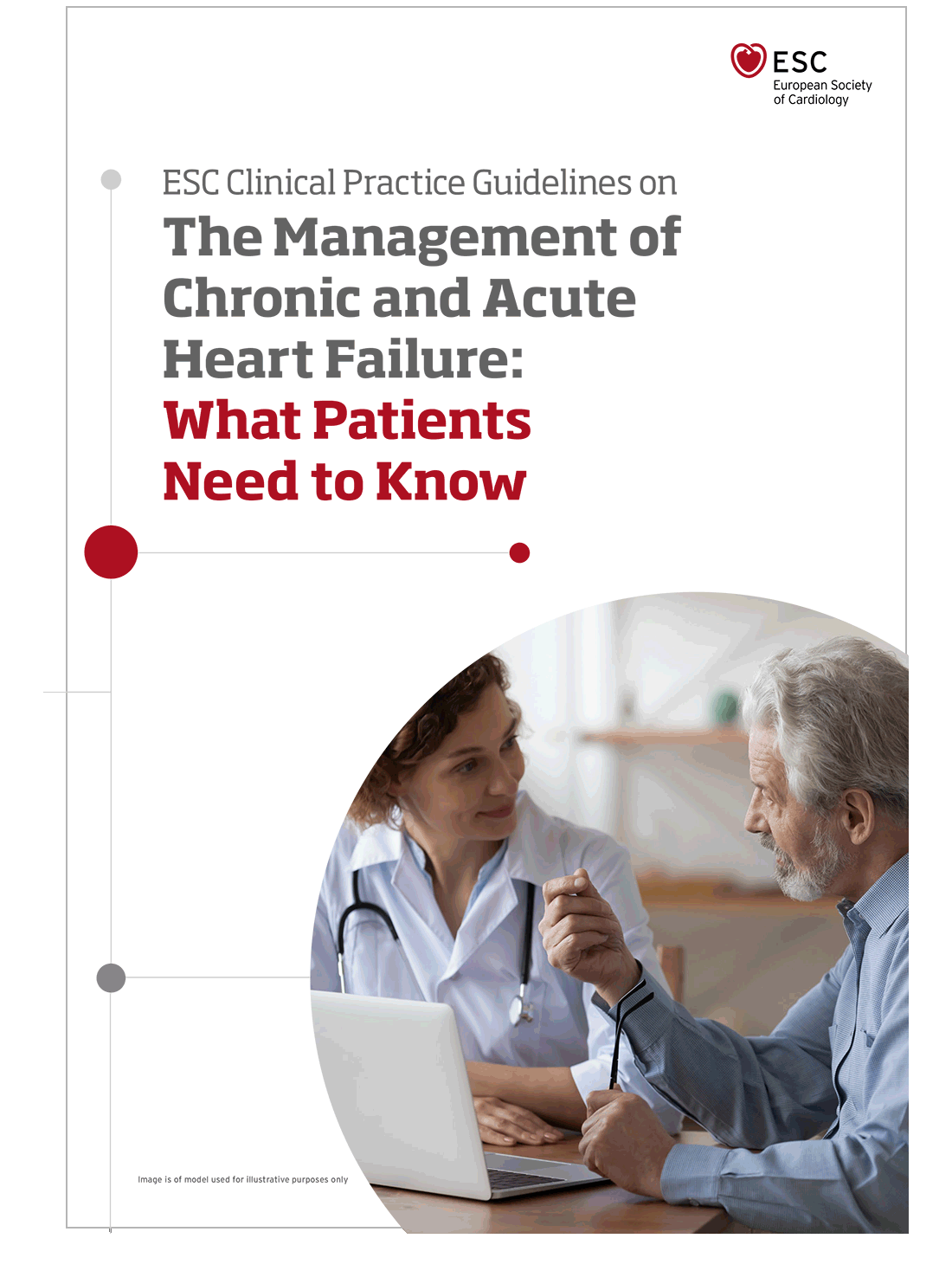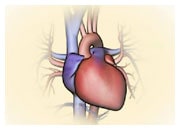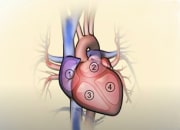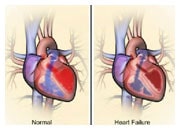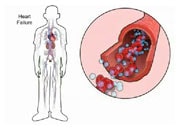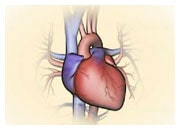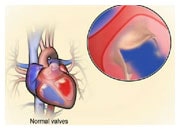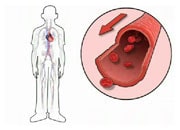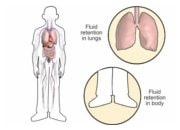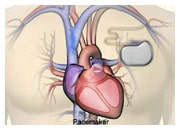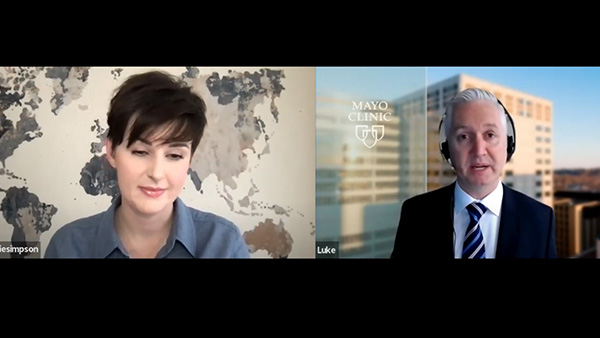Coronary artery bypass grafting (CABG)
Why is it done?
If one of your coronary arteries supplying blood to your heart muscle is blocked by a buildup of cholesterol (plaque), blood cannot flow properly and this can lead to angina or a heart attack. If this occurs, it could lead to progression of your heart failure. A coronary artery bypass graft redirects your blood supply around this blocked section of artery so that your heart can function normally.
What does it involve?
During the operation, you will usually be connected to a heart-lung machine that supplies blood to the brain and body while surgeons remove healthy blood vessels from another part of your body, such as your leg or the chest wall, and surgically attach these grafts to the blocked vessel(s) so that the blood is diverted around the blocked section.
The procedure usually takes around 3 hours, but may take longer depending on how many grafts need to be done.
Questions to ask your doctor:
- What are the risks associated with this surgery?
- Will I need to have an angiogram before surgery?
- Is there a special diet I should follow after my coronary artery bypass operation?
- How long will I take to recover?
- What kind of scar will I be left with?
- What level of physical activity am I allowed to do after surgery?
- What medicines will I have to take following the surgery?

